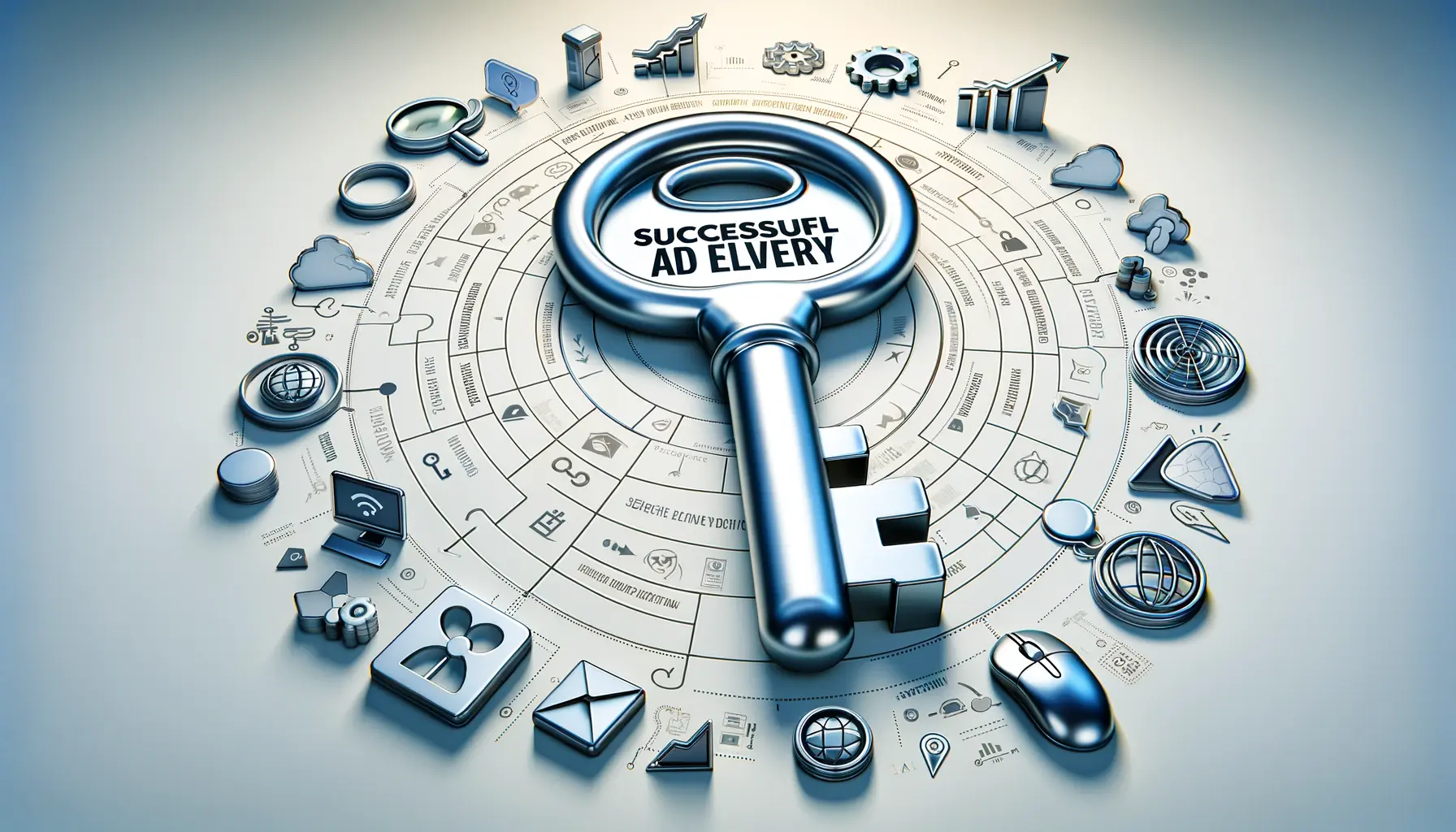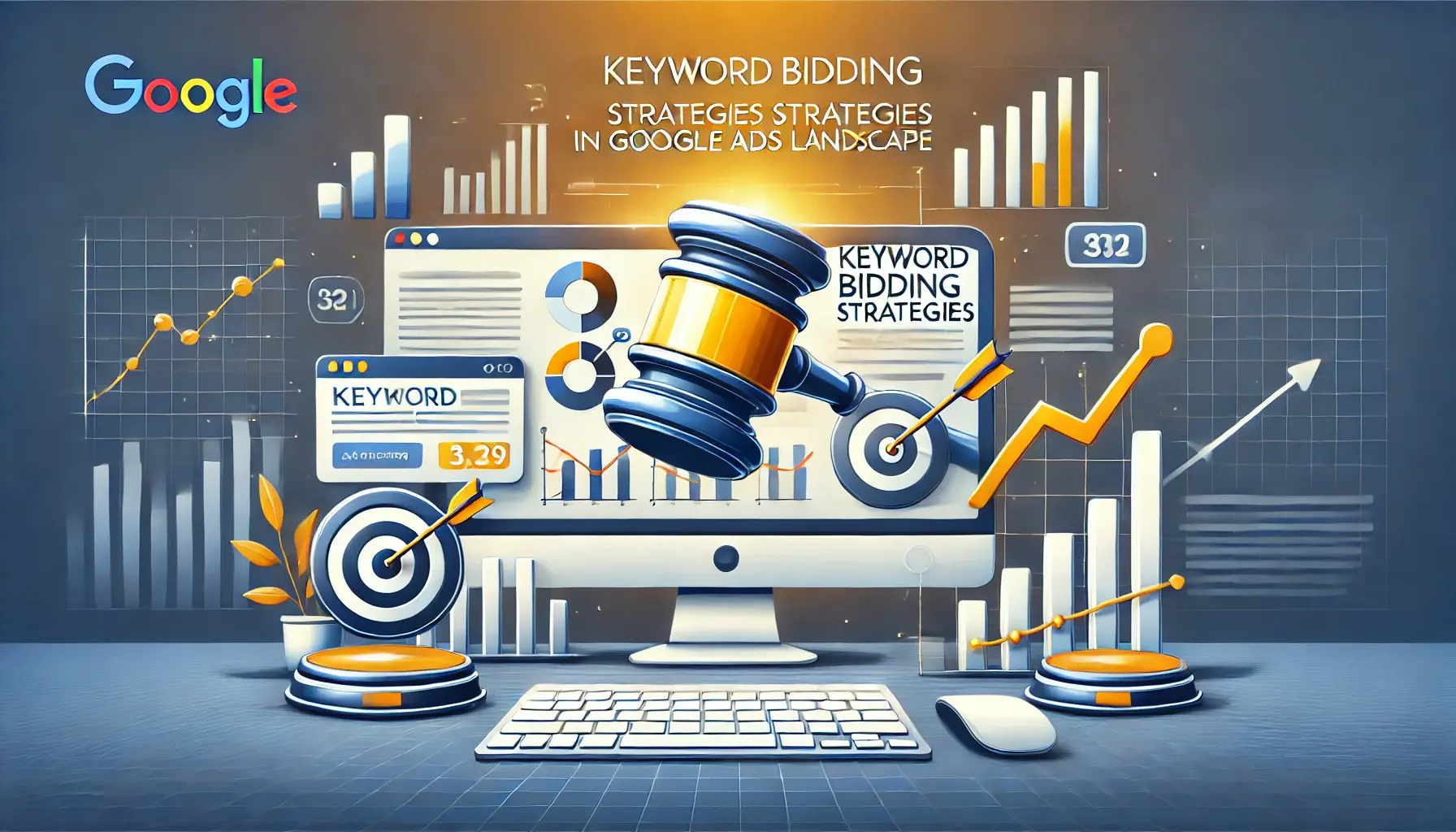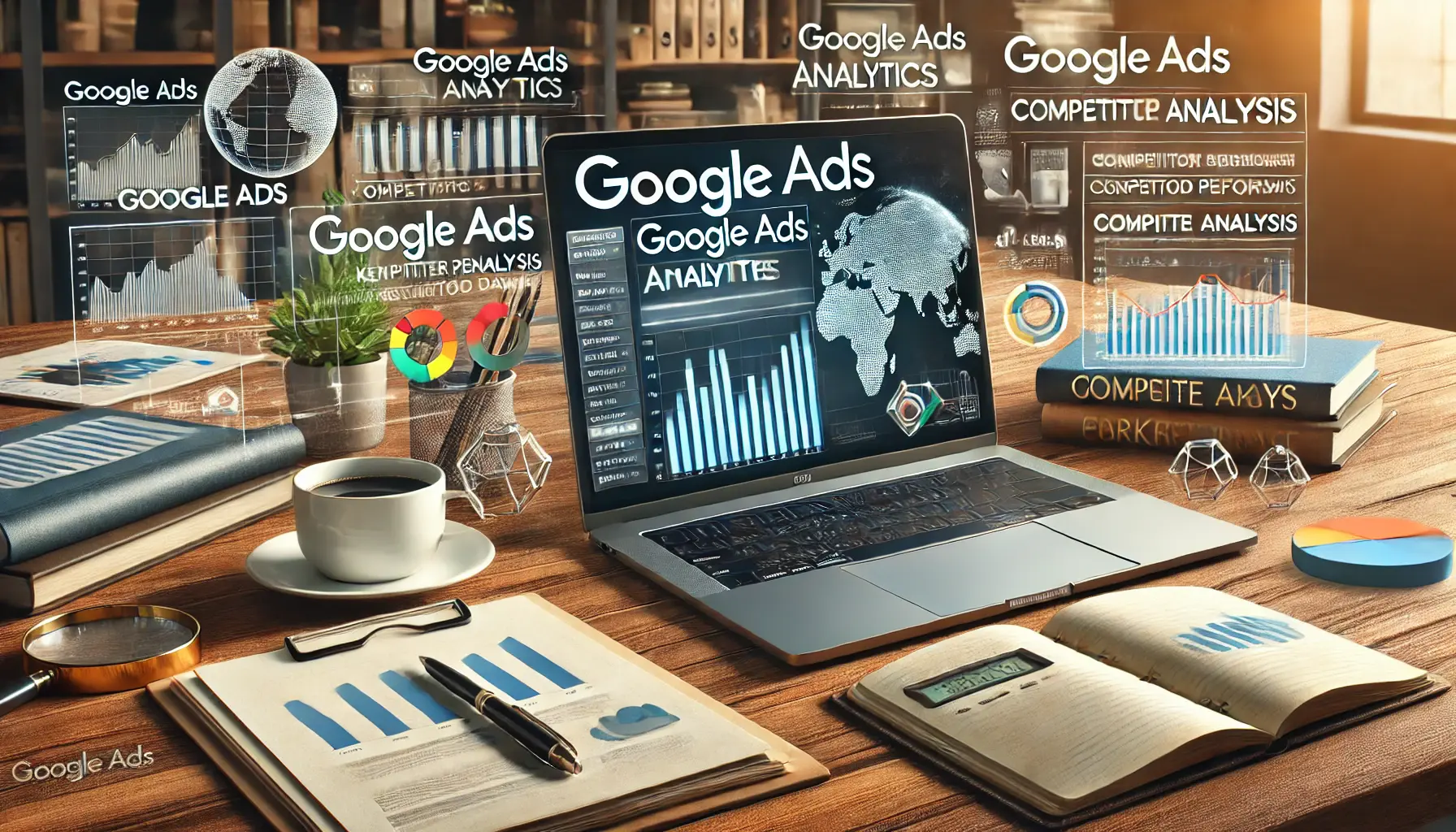As the digital marketplace evolves, e-commerce integration within Facebook’s advertising landscape has become a pivotal strategy for businesses aiming to thrive online.
This comprehensive exploration delves into the intricate dynamics of leveraging Facebook ads for e-commerce integration, a domain where innovation and consumer engagement intersect.
We embark on a journey to unravel the essential elements that make Facebook an invaluable platform for e-commerce businesses.
Facebook, with its vast user base and sophisticated targeting capabilities, offers a unique opportunity for e-commerce brands to connect with their audience.
The integration of e-commerce strategies with Facebook’s advertising tools can lead to unparalleled growth and customer reach.
This article aims to provide valuable insights into harnessing the power of Facebook ads for e-commerce success.
- Facebook Ads Ecosystem for E-commerce
- Maximizing Engagement Through Facebook Ad Campaigns
- Optimizing for Conversion: Turning Clicks into Customers
- Integrating E-commerce Platforms with Facebook Ads
- Exploring Advanced Facebook Ad Features for E-commerce
- Measuring and Analyzing the Impact of Facebook Ads on E-commerce
- Staying Ahead: Adapting to Changes in Facebook’s E-commerce Advertising
- Conclusion: Harnessing the Power of Facebook Ads for E-commerce Success
- E-commerce Integration with Facebook Ads: FAQs
Facebook Ads Ecosystem for E-commerce
The landscape of Facebook ads presents a fertile ground for e-commerce businesses.
With its advanced algorithms and user data, Facebook allows advertisers to target their audience with precision.
This section explores the mechanics of Facebook’s advertising platform and how it can be optimized for e-commerce integration.
At the heart of Facebook’s ad system lies the ability to segment audiences based on interests, behaviors, and demographics.
This segmentation enables e-commerce businesses to tailor their messaging and products to specific groups, enhancing the relevance and effectiveness of their campaigns.
Understanding this ecosystem is crucial for e-commerce brands looking to capitalize on Facebook’s vast advertising potential.
Targeting and Audience Segmentation
One of the most powerful features of Facebook ads is the ability to target specific audience segments.
E-commerce businesses can leverage this by creating ads that resonate with the needs and preferences of their target demographic.
This precision in targeting not only increases the likelihood of engagement but also ensures a higher return on investment.
Facebook’s detailed targeting options include age, location, interests, and even purchasing behavior.
This granular level of control allows e-commerce brands to reach potential customers who are most likely to be interested in their products, thereby maximizing the impact of their ad spend.
Ad Formats and Creative Strategies
Facebook offers a variety of ad formats that cater to different marketing objectives.
From carousel ads showcasing multiple products to dynamic ads that automatically display items based on user behavior, the platform provides creative ways to capture user attention.
E-commerce businesses must choose the right ad format that aligns with their campaign goals and audience preferences.
Creative strategies in ad design and content play a significant role in the success of Facebook campaigns.
High-quality images, compelling copy, and a clear call-to-action are essential components of effective Facebook ads.
E-commerce brands need to craft ads that not only attract but also engage and convert their audience.
Key Point: Leveraging Facebook’s targeting capabilities and choosing the right ad formats are crucial steps in integrating e-commerce strategies with Facebook ads for maximum effectiveness.
Maximizing Engagement Through Facebook Ad Campaigns
Engagement is the lifeblood of successful Facebook ad campaigns, especially in the e-commerce sector.
This part focuses on strategies to maximize customer engagement, turning viewers into loyal customers.
We’ll explore how to create compelling content and utilize Facebook’s features to enhance user interaction.
Engaging content on Facebook does more than just catch the eye; it connects with the audience on a personal level, encouraging interaction and fostering brand loyalty.
Here, we delve into the art of crafting content that resonates with your audience and drives engagement.
Creating Compelling Content for Ads
Content is king in the realm of Facebook advertising.
The creation of compelling and relevant content is pivotal for capturing the audience’s attention.
Here are key elements to consider:
- Emotional Appeal: Ads that evoke emotions, whether it’s happiness, excitement, or even nostalgia, tend to have higher engagement rates.
- Value Proposition: Clearly communicate how your product or service adds value to the customer’s life.
- Visual Storytelling: Use high-quality images and videos to tell a story about your brand and products.
Leveraging Facebook’s Interactive Features
Facebook offers a range of interactive features that can be used to boost engagement with your ads.
Utilizing these features effectively can lead to increased customer interaction and brand visibility.
Key features include:
- Instant Experiences: Create immersive, full-screen experiences that load instantly when someone interacts with your ad.
- Interactive Polls: Engage users with interactive polls in your ads to increase participation and interest.
- CTA Buttons: Use clear and compelling call-to-action buttons to guide users towards taking the desired action.
Idea: Incorporating user-generated content in your Facebook ads can significantly enhance authenticity and relatability, leading to higher engagement rates.
Optimizing for Conversion: Turning Clicks into Customers
The ultimate goal of any e-commerce Facebook ad campaign is to convert clicks into customers.
This part of the article focuses on strategies to optimize your Facebook ads for higher conversion rates.
We’ll explore how to fine-tune your campaigns to not just attract viewers, but to turn them into paying customers.
Conversion optimization in Facebook ads involves a combination of strategic planning, audience understanding, and continuous testing.
Here, we break down the key components to achieve this.
Strategies for Higher Conversion Rates
To optimize your Facebook ads for conversions, consider the following strategies:
- Retargeting Campaigns: Use Facebook Pixel to track visitors to your site and retarget them with personalized ads.
- Offer Incentives: Discounts, limited-time offers, and exclusive deals can motivate users to make a purchase.
- Optimized Landing Pages: Ensure that the landing page linked to your ad is relevant, user-friendly, and optimized for conversions.
Testing and Analyzing Ad Performance
Continuous testing and analysis are crucial for improving the conversion rates of your Facebook ads.
Here’s how you can do it:
- A/B Testing: Regularly test different elements of your ads, such as images, headlines, and call-to-actions, to see what works best.
- Analyzing Data: Use Facebook Insights and other analytics tools to track the performance of your ads and make data-driven decisions.
- User Feedback: Pay attention to comments and messages from your audience to gain insights into their preferences and pain points.
Note: Conversion optimization is not a one-time task but a continuous process that involves regular monitoring and tweaking of your Facebook ad campaigns.
Integrating E-commerce Platforms with Facebook Ads
Seamless integration of e-commerce platforms with Facebook ads is a critical component for online retail success.
This section explores how to effectively synchronize your e-commerce platform with Facebook’s advertising capabilities to create a cohesive and efficient marketing strategy.
Integrating your e-commerce platform with Facebook allows for a more streamlined approach to advertising, where product listings, customer data, and ad management coalesce into a unified system.
This integration is key to maximizing the effectiveness of your Facebook ad campaigns.
Utilizing Facebook’s Catalog Manager
Facebook’s Catalog Manager is a powerful tool for e-commerce integration.
Here’s how to make the most of it:
- Product Catalog Setup: Upload your product catalog to Facebook to showcase your products directly within your ads.
- Dynamic Product Ads: Use your product catalog to create dynamic ads that automatically show the most relevant products to users.
- Inventory Management: Keep your product listings up-to-date with real-time inventory synchronization.
Streamlining Customer Data
Effectively managing customer data is crucial for targeted advertising.
Here are some tips for streamlining customer data:
- Customer Segmentation: Use customer purchase history and behavior data to create targeted ad campaigns.
- Custom Audiences: Create custom audiences in Facebook Ads Manager based on your e-commerce customer data.
- Data Privacy Compliance: Ensure that your data collection and usage comply with privacy regulations like GDPR.
Truth: Integrating your e-commerce platform with Facebook’s advertising tools can lead to more personalized and effective ad campaigns, ultimately driving higher sales and customer loyalty.
Exploring Advanced Facebook Ad Features for E-commerce
Facebook offers a suite of advanced features designed to enhance the effectiveness of e-commerce advertising.
This section delves into these sophisticated tools and how they can be leveraged to drive sales and improve the overall performance of your e-commerce campaigns.
Understanding and utilizing these advanced features can give e-commerce businesses a competitive edge in the crowded online marketplace.
Here, we explore some of the most impactful tools available on Facebook for e-commerce advertisers.
Utilizing Facebook Pixel for Advanced Tracking
Facebook Pixel is a critical tool for advanced ad tracking and optimization.
Here’s how to use it effectively:
- Conversion Tracking: Track user actions on your website to measure the effectiveness of your ads.
- Advanced Audience Insights: Gain deeper insights into user behavior and preferences for more targeted advertising.
- Optimization for Ad Delivery: Use Pixel data to optimize ad delivery to users most likely to take action.
Leveraging Machine Learning for Ad Optimization
Facebook’s machine learning algorithms can significantly enhance ad performance.
Here are ways to leverage this technology:
- Automatic Optimization: Allow Facebook’s algorithms to automatically optimize your ad campaigns based on performance data.
- Lookalike Audiences: Use machine learning to create audiences similar to your best customers, expanding your reach.
- Ad Placement Optimization: Utilize machine learning to determine the most effective ad placements across Facebook’s platforms.
Featured Info: Embracing Facebook’s advanced features, like Pixel and machine learning, can significantly boost the precision and efficiency of your e-commerce ad campaigns.
Measuring and Analyzing the Impact of Facebook Ads on E-commerce
Measuring and analyzing the impact of Facebook ads is crucial for e-commerce businesses to understand the return on investment (ROI) and to make informed decisions for future campaigns.
This section focuses on the methodologies and tools necessary for effective analysis and measurement of Facebook ad performance in the e-commerce context.
Accurate measurement and analysis not only reveal the effectiveness of current campaigns but also provide insights for optimizing future advertising strategies.
Here, we explore the key aspects of this analytical process.
Key Performance Indicators (KPIs) for Facebook Ads
Identifying and tracking the right KPIs is essential for measuring the success of your Facebook ads.
Essential KPIs include:
- Click-Through Rate (CTR): Measures the percentage of people who clicked on your ad after seeing it.
- Conversion Rate: The percentage of users who take the desired action after clicking on your ad.
- Cost Per Click (CPC) and Cost Per Acquisition (CPA): These metrics help understand the cost-effectiveness of your ads.
Using Facebook Analytics for Deeper Insights
Facebook Analytics offers a comprehensive view of your ad performance.
Here’s how to use it effectively:
- User Journey Analysis: Track how users interact with your ads and website, identifying paths to conversion.
- Demographic Insights: Understand the demographic breakdown of your audience to tailor future campaigns.
- Revenue Tracking: Measure the direct revenue generated from your Facebook ad campaigns.
False Information: Relying solely on surface-level metrics like likes and shares can lead to a misinterpretation of an ad campaign’s success. Deeper analysis is essential for a true understanding of performance.
Staying Ahead: Adapting to Changes in Facebook’s E-commerce Advertising
In the ever-evolving landscape of Facebook advertising, staying current with the latest trends and changes is crucial for e-commerce success.
This final section addresses the importance of adaptability and how e-commerce businesses can stay ahead of the curve in Facebook’s dynamic advertising environment.
Adapting to changes in Facebook’s algorithms, policies, and features is not just about maintaining performance; it’s about seizing new opportunities to reach and engage customers more effectively.
Here, we explore strategies for staying updated and responsive to these changes.
Keeping Up with Facebook’s Algorithm Updates
Facebook regularly updates its algorithms, impacting how ads are displayed and interacted with.
Staying informed about these updates is vital.
Here are ways to keep up:
- Follow Industry News: Stay connected with digital marketing news platforms for the latest updates on Facebook’s algorithm changes.
- Participate in Online Communities: Engage in forums and social media groups where professionals discuss and analyze these changes.
- Test and Learn: Continuously test your campaigns to understand how algorithm changes may be affecting your ad performance.
Exploring New Features and Advertising Tools
Facebook frequently introduces new features and tools for advertisers.
Embracing these new offerings can provide a competitive edge.
Here’s how to stay ahead:
- Experiment with New Formats: Be open to trying out new ad formats and tools as they become available.
- Attend Webinars and Workshops: Participate in educational events hosted by Facebook or industry experts to learn about new features.
- Monitor Competitor Strategies: Observe how competitors and industry leaders are utilizing new features for insights.
Idea: Regularly updating your Facebook ad strategies in response to platform changes not only prevents performance dips but can also uncover new avenues for growth and customer engagement.
Conclusion: Harnessing the Power of Facebook Ads for E-commerce Success
In the dynamic world of online marketing, Facebook stands out as a powerful platform for e-commerce integration.
The journey through Facebook’s advertising landscape reveals a realm rich with opportunities for businesses to connect, engage, and convert a vast online audience.
The key to unlocking this potential lies in understanding and leveraging the unique features and capabilities that Facebook offers.
Key Takeaways for E-commerce Integration
As we’ve explored, the integration of e-commerce with Facebook ads is multifaceted, involving strategic targeting, engaging content creation, and continuous optimization for conversions.
The following points encapsulate the essence of this integration:
- Targeting and Audience Segmentation: The ability to pinpoint your audience with precision is a cornerstone of Facebook’s advertising strength.
- Engaging Content: Crafting content that resonates with your audience is crucial for driving engagement and building brand loyalty.
- Conversion Optimization: The ultimate goal of your ads is to convert interest into sales, necessitating a focus on conversion-centric strategies.
- Platform Integration: Seamlessly integrating your e-commerce platform with Facebook enhances the efficiency and effectiveness of your campaigns.
- Adaptability: Staying agile and responsive to the ever-changing landscape of Facebook advertising ensures sustained success.
Embracing the Future of E-commerce Advertising
The future of e-commerce advertising on Facebook is one of continual evolution and opportunity.
As the platform grows and adapts, so too must the strategies of e-commerce businesses.
By staying informed, experimenting with new features, and continually refining campaigns based on data-driven insights, businesses can not only keep pace but thrive in this vibrant digital marketplace.
In conclusion, the integration of e-commerce with Facebook ads offers a pathway to remarkable growth and success.
By harnessing the platform’s targeting capabilities, engaging content formats, and advanced features, businesses can effectively reach and convert their ideal customers, ensuring a strong and sustainable online presence.
Enjoyed the article? Let its author handle your social media ads. Visit our service page to get started!
E-commerce Integration with Facebook Ads: FAQs
Delve into the most commonly asked questions about integrating e-commerce with Facebook Ads, providing clarity and insights for businesses looking to enhance their online advertising strategies.
Facebook Pixel tracks user interactions on your website, enabling targeted ads and improved conversion tracking for e-commerce campaigns.
Carousel, dynamic product ads, and collection ads are highly effective for showcasing e-commerce products on Facebook.
Yes, Facebook Ads allow precise targeting based on demographics, interests, and purchasing behaviors, ideal for e-commerce.
Engaging content in Facebook Ads, including high-quality visuals and compelling copy, is crucial for attracting and retaining e-commerce customers.
Success is measured through KPIs like Click-Through Rate, Conversion Rate, and Return on Ad Spend in e-commerce Facebook Ads.
Facebook Shops provide a seamless shopping experience, making them highly effective for e-commerce integration and sales.
A/B testing is vital for optimizing ad elements like images and CTAs, ensuring the highest efficiency in e-commerce Facebook Ads.
Yes, Facebook Ads can drive offline sales by targeting local customers and encouraging in-store visits for e-commerce brands.










